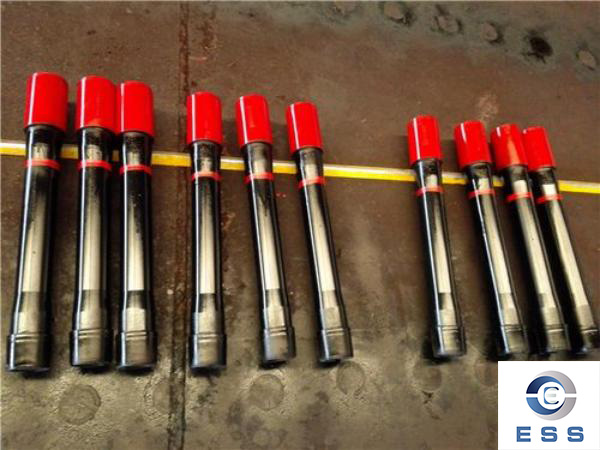Pipeline
pup joints standard

What is a process pipeline pup joints?
The process pipeline pup joint is a commonly used connector in industrial pipeline installation. It is generally used to connect two pipelines or repair the unevenness of pipeline connections, such as connecting at the corners of the through pipe, brackets, etc. The material of the process pipeline pup joints is usually carbon steel pipe, stainless steel, alloy steel, etc., and it can also be made of special materials as needed.
Standard length regulations for pipeline pup joints
The pipeline pup joints is an important component in pipeline connection, used to connect two sections of pipelines of different sizes or types. According to the national standard GB/T12771-2008 "Technical Specifications for Stainless Steel Welded Pipelines", the length of the pup joints should meet the following standards:
According to the provisions of the "National Standard", the standard length of the process pipeline pup joints is:
The length of the pup joint of DN15~DN100 is 70 mm
The length of the pup joint of DN125~DN150 is 80 mm
The length of the pup joint of DN200 is 90 mm
The length of the pup joint of DN250 is 100 mm
The length of the pup joint of DN300 is 110 mm
The length of the pup joint of DN350 is 120 mm
The length of the pup joint of DN400 is 130 mm
The length of the pup joint of DN450 is 140 mm
The length of the pup joint of DN500 is 150 mm
The length of the pup joint of DN600 is 170 mm
The above length standards are applicable to pup joints made of different types of materials, including stainless steel, carbon steel, cast iron, etc.
It should be noted that the above standard lengths are for reference only. In actual production, it is also necessary to stipulate according to different needs. For example, if a longer length is required in a special working environment, the length of the pup joint can be increased by design to meet the actual needs.
Installation and maintenance of process pipeline pup joints
When installing process pipeline pup joints, the following points need to be noted:
1. Before installing the pup joint, check whether its material and specifications meet the use requirements.
2. The pup joint and both ends of the connecting pipe should be carefully cleaned to prevent debris from entering the pipeline system.
3. Align the processed mother and child bodies of the pup joint and tighten them with a gear or wrench.
4. After the installation is completed, check whether the installation is firm and there is no leakage.
In addition, in normal use and maintenance, the following points need to be noted:
1. Regularly check the process pipeline pup joint, and replace the damaged one in time.
2. During use, it is necessary to avoid excessive pressure and temperature to avoid damaging the pup joint.
3. When using, it is necessary to pay attention to the operation of the pipeline system, deal with abnormal problems in time, and ensure the normal use of the pup joint.
The impact of length standards on pipeline connections
The pipeline pup joint is an important component in pipeline connection, and its length standard directly affects the quality and safety of pipeline connection. Too long a pup joint is likely to cause deformation of the pipe, leading to leakage and damage at the pipe joint; too short a pup joint is likely to cause stress concentration at the pipe joint, which will also affect the safety of the pipe connection.
Therefore, when connecting pipes, it is very important to select a pup joint length that meets the standard. In addition, attention should be paid to factors such as the material and manufacturing process of the pup joint to ensure the quality and safety of the pipe connection.
Conclusion
This article introduces the pup joint length standard and its impact on pipe connections. Only by selecting a pup joint length that meets the standard can the quality and safety of the pipe connection be guaranteed. When connecting pipes, attention should also be paid to factors such as the material and manufacturing process of the pup joint to avoid leakage and damage at the pipe joint. In practical applications, in addition to selecting the pup joint according to the standard length, it is also necessary to install and maintain it according to the actual situation.
Read more: What Is A Pipe Pup Joint













 Eastern Steel Manufacturing Co.,Ltd not only improve product production and sales services, but also provide additional value-added services. As long as you need, we can complete your specific needs together.
Eastern Steel Manufacturing Co.,Ltd not only improve product production and sales services, but also provide additional value-added services. As long as you need, we can complete your specific needs together.










